The Skoll Foundation has recently completed a short, 9-minute film about the field of social entrepreneurship. It provides a useful overview of the progress made over the past three decades. It starts with Mohammad Yunus and includes interviews with a number of social entrepreneurs and others in the field, including Sally Osberg of the Skoll Foundation, Bill Drayton of Ashoka, Jacqueline Novogratz of the Acumen Fund, author David Bornstein and myself. For more information on these and other social entrepreneurs, visit www.skollfoundation.org.
Skoll
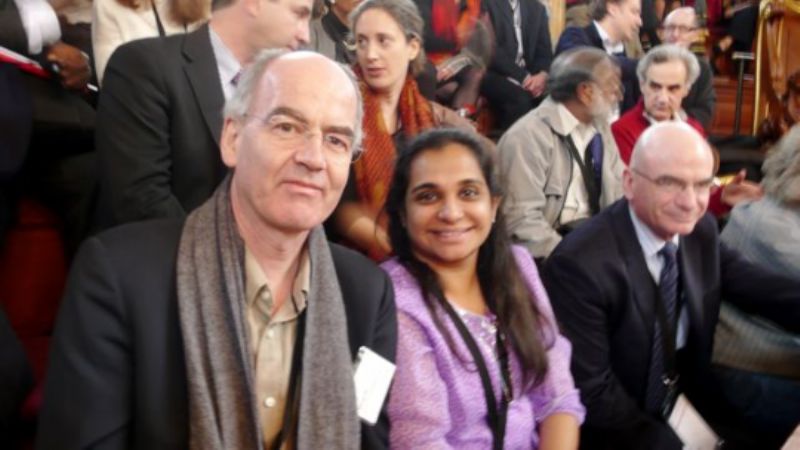 With Jeroo Billimoria in the Sheldonian Theatre
With Jeroo Billimoria in the Sheldonian Theatre
Several members of the Volans team spent 2-3 energetic days at the Skoll World Forum in Oxford this week – Alejandro (Litovsky), Charmian (Love), Sam (Lakha) and I, with Geoff (Lye) dropping in for the session I moderated on sustainable transport and electric vehicles. The focus of my ‘Evergreen’ session was on scaling, exploring the macro level of change. My panelists were Nancy Kete of EMBARQ, Josh Steinmann of Better Place, Peter Head of Arup and Ion Yadigaroglu of Capricorn Investment Group. A great panel.
I also did a session on the first day with the social entrepreneurs, introducing them to some of the thinking on The Phoenix Economy. A number of entrepreneurs have already asked us to brief their boards and trustees on our conclusions and recommendations.
Had planned to blog while there, but the pace was too frenetic – and now that I’m home, I’m packing for San Francisco. The overall mood of the Forum was typically upbeat, exemplified by a great set by KT Tunstall, who I hadn’t heard before and who did a version of ‘Black Horse & The Cherry Tree‘, but with a sense of darkening clouds as a backdrop. My suggestion that the economic downturn could cause social problems many orders of magnitude greater than the capacity of current social enterprises to counter went unremarked, but it’s bound to be true.
One key question is how fast we can organise ourselves to influence politicians and public policy-makers, to ensure a greater proportion of any bail-out packages go to enterprises that are creating value for the twenty-first century rather than providing life-support for those that did so in the last century. Another surrounds the pathways to scale that will take at least some of the solutions on display here to the point where they become endemic.
My own sense is that we will return to Oxford in 2010 with plenty of new entrepreneurial activity to report and celebrate, but in a profoundly chastened mood. More on the 2009 Forum from their website.
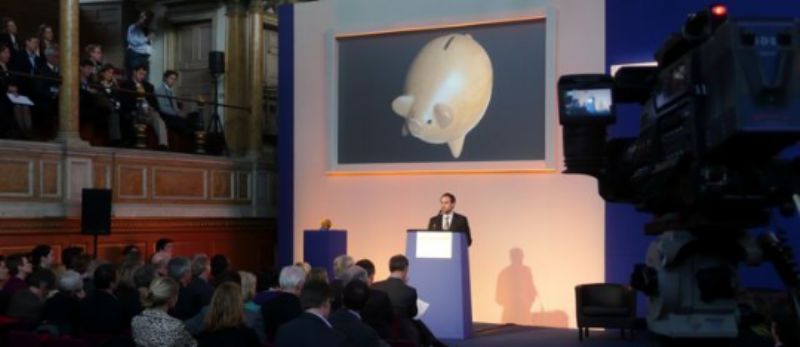 Jeff Skoll with piggy bank: Jeroo and I nudged each other because she features piggy banks, too
Jeff Skoll with piggy bank: Jeroo and I nudged each other because she features piggy banks, too  KT Tunstall serenades
KT Tunstall serenades 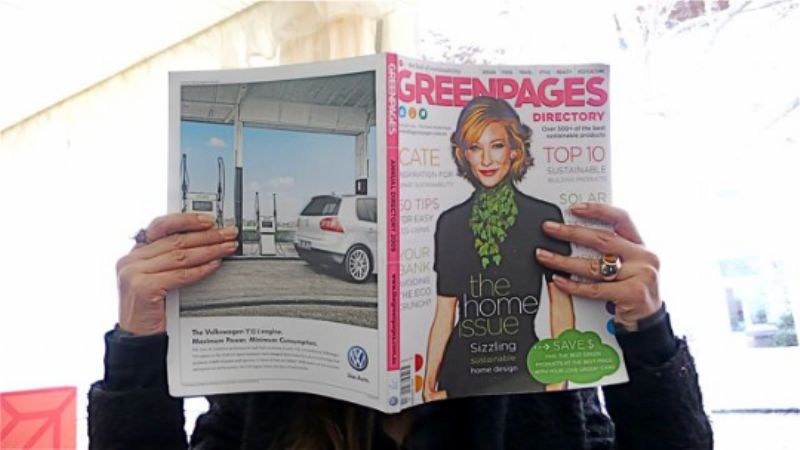 Sam and Green Pages: what goes around … we did a version in 1987
Sam and Green Pages: what goes around … we did a version in 1987
Gerard Morgan-Grenville
Many moons ago, while working for the Groundwork Foundation in the mid-1980s, I coined the term ‘environmental entrepreneur’ – a consumate, if somewhat quirky, example of which died on 2 March. As his obituary in The Times today reports, Gerard Morgan-Grenville, an Old Etonian, co-created the Centre for Alternative Technology in a slate quarry near Machynlleth, Mid-Wales, to demonstrate a range of alternative technologies. Sadly, I have still to make the pilgrimage, though CAT today has a staff of 150 and attracts some 65,000 visitors a year.
This was at exactly the time, 1973, when I was at UCL and had been working briefly on alternative technology farms like BRAD (Biotechnic Research & Development), developed by Robin Clarke, and visiting other hot-spots of the counter-culture, among them Paolo Soleri’s Arcosanti in Arizona. These visits were what basically switched me on to a very different set of rails, exploring how governments (when with TEST) and mainstream business (with ENDS and SustainAbility) could play a part in the drive towards more sustainable forms of development.
The picture of Gerard in The Times is almost exactly as I remember from the last time we met, at an event hosted by IMSA in Holland. Only met him a couple of times, but he was very much part of the older generation who gave my generation air cover, with others prominent in my memory including Max Nicholson, Peter Scott and Teddy Goldsmith. The older I get, the more I appreciate what they did – in times which were much less supportive.
Royal heron
I always keep an eye out for herons as I cycle across the Thames in the morning, but today – as I came in early – I didn’t see any. Then as I was walking my bike past Kensington Palace, I happened to look through the fence guarding the garden – and there was a heron, sitting hunched in the herbaceous border. Made me think that the opportunities are there, even in today’s crazy world, if you know where to look for them.
Among the visitors to Bloomsbury Place today – in separate meetings – were UNEP, the Tallberg Foundation and Himanshu Parikh, who features as one of our Phoenix 50 and who has been hugely successful in getting water and sanitation to slum dwellers in India. Then across to SustainAbility with Sam, for a session with the UK, US and Indian teams on The Phoenix Economy. Otherwise, much of the day has been spent writing an article for the Ritz-Carlton magazine and helping get the Volans website ready for relaunch on Thursday.
50th anniversary of our move to Hill House
Elaine, Gaia, Hania and I drove down to Little Rissington today to celebrate the fiftieth anniversary of the family’s move to Hill House in 1959, on our return from Cyprus. Seventeen of us, with all the children and grandchildren present. A wonderful day in time, particularly when Tim unveiled the Hill House photograph album he had compiled – with inputs of images from all of us – for Pat.
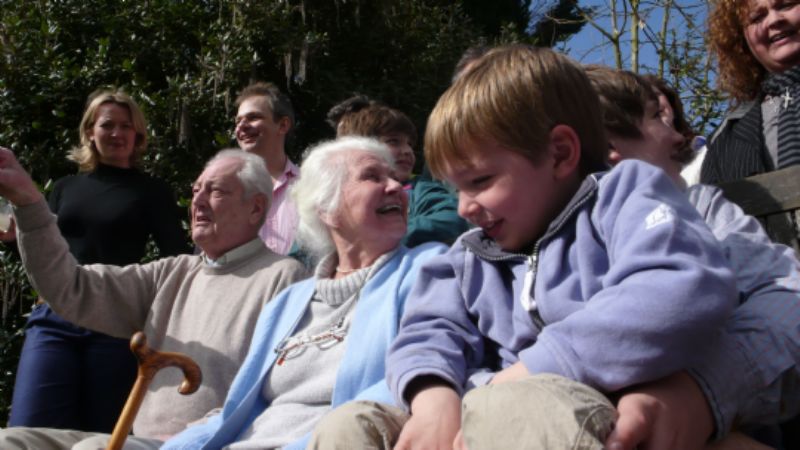 Family group 1
Family group 1  Family group 2
Family group 2 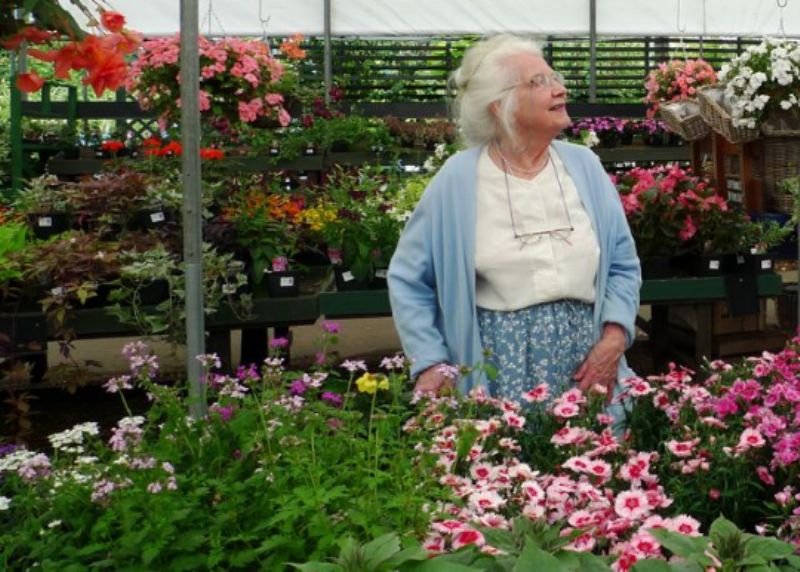 Family group 3
Family group 3  Family group 4
Family group 4 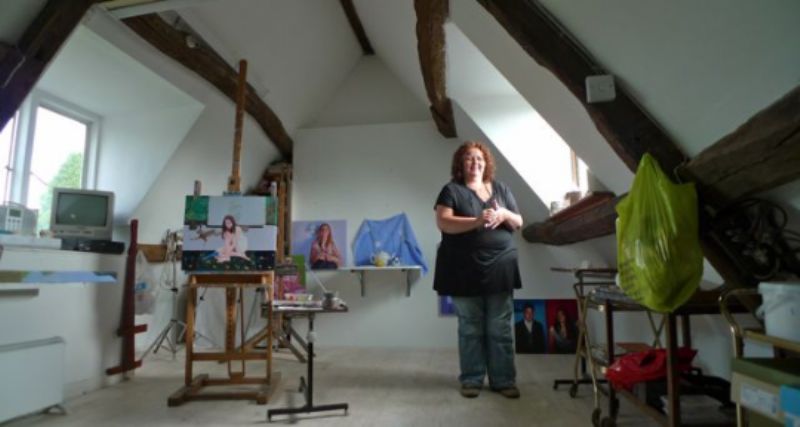 Lydia
Lydia 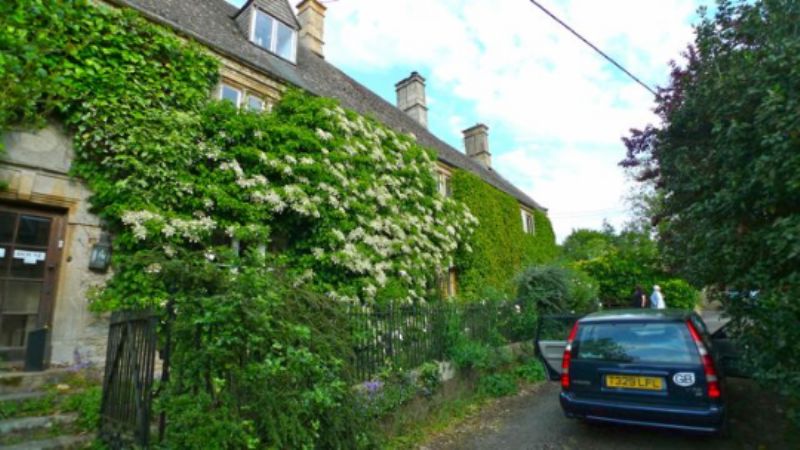 Pat
Pat 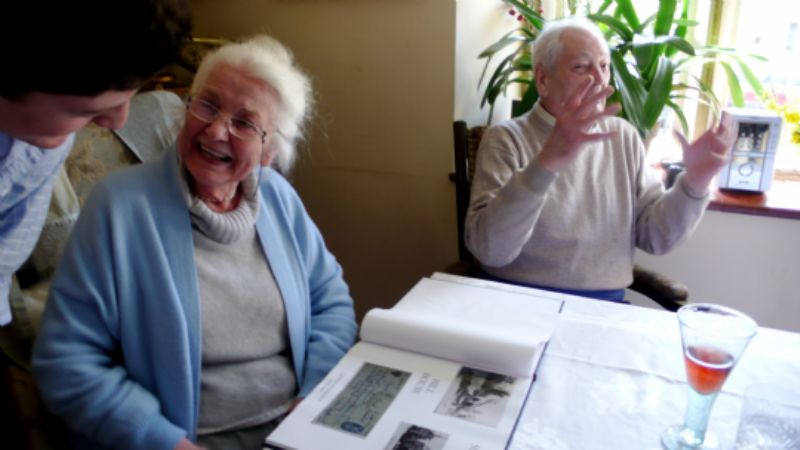 Pat, album and Tim
Pat, album and Tim 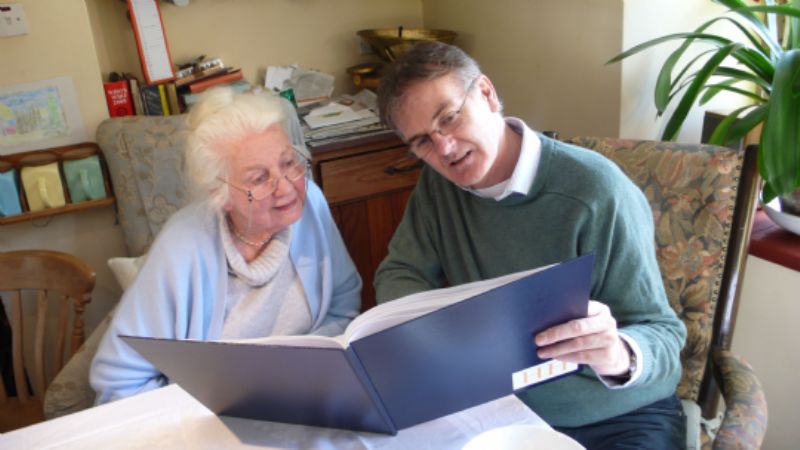 Pat and Gray
Pat and Gray 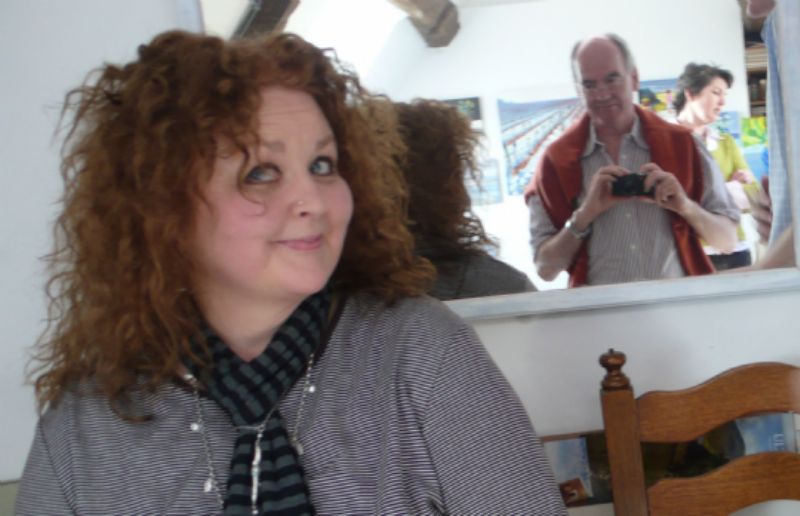 Caroline and photographer
Caroline and photographer  Reflections
Reflections  Gray and John
Gray and John  Christina and Elaine
Christina and Elaine 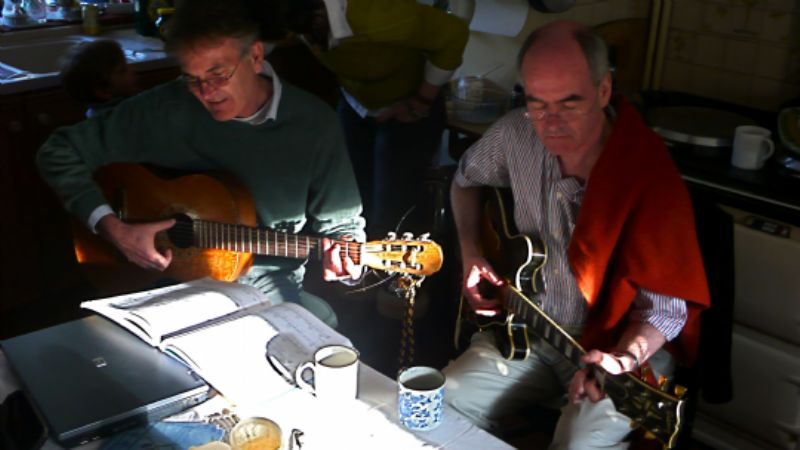 We do the Beatles back catalogue
We do the Beatles back catalogue

